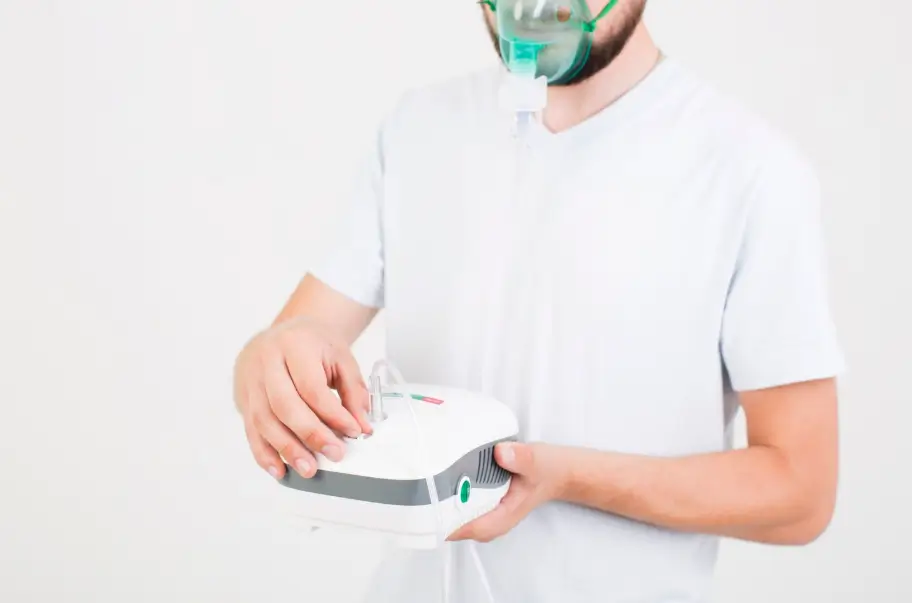The year 2025 marks a transformative period in healthcare, with significant advancements in respiratory and medical devices enhancing patient care, comfort, and outcomes. From AI-powered diagnostics to portable therapy solutions, these innovations are reshaping the landscape of medical treatment.
Innovations in Respiratory Devices
1. AI-Powered Respiratory Monitoring
Artificial Intelligence (AI) is revolutionizing respiratory care by enabling real-time monitoring and personalized treatment plans. Devices equipped with AI algorithms analyze breathing patterns, oxygen levels, and other vital signs to provide clinicians with actionable insights, leading to more accurate diagnoses and tailored therapies.
2. Portable Pulmonary Function Testing
Advancements in miniaturization have led to the development of portable pulmonary function testing devices. These compact tools allow for on-the-go assessment of lung function, making it easier for patients to monitor their respiratory health outside of clinical settings.
3. 3D-Printed Airway Support Devices
3D printing technology has enabled the creation of custom airway support devices, such as tracheal stents, tailored to individual patient anatomies. This personalization enhances the effectiveness of treatments and reduces the risk of complications.
4. Non-Electric Mechanical Devices
Mechanical-free, non-electric devices are gaining popularity for their simplicity and reliability. These manual tools provide effective respiratory support without the need for power sources, making them ideal for emergency situations and areas with limited access to electricity.
Innovations in Medical Devices
1. AI-Enabled Diagnostic Tools
The integration of AI into diagnostic tools is enhancing the speed and accuracy of medical assessments. For instance, AI-powered stethoscopes can detect heart conditions within seconds by analyzing chest sounds and electrical signals, significantly improving early diagnosis and patient outcomes.
2. Wearable Medical Devices
Wearable devices are becoming integral in continuous health monitoring. These gadgets track vital signs such as heart rate, blood oxygen levels, and sleep patterns, providing patients and healthcare providers with real-time data to manage chronic conditions effectively.
3. Point-of-Care Diagnostics
Advancements in point-of-care diagnostics allow for rapid testing and results in non-laboratory settings. Devices such as handheld ultrasound machines and portable ECG monitors enable healthcare providers to make quick decisions, improving patient care in various environments.
4. 3D-Printed Medical Implants
3D printing is revolutionizing the creation of medical implants, offering customized solutions for patients. This technology allows for the production of patient-specific implants, reducing the risk of complications and improving the success rate of surgeries.
How These Innovations Benefit Patients
- Enhanced Accuracy: AI and machine learning algorithms improve diagnostic precision, leading to better treatment outcomes.
- Increased Accessibility: Portable and wearable devices make healthcare more accessible, especially in remote areas.
- Personalized Care: Customizable devices and treatments cater to individual patient needs, enhancing effectiveness.
- Cost-Effectiveness: Technological advancements often lead to more affordable healthcare solutions over time.
Where to Access These Innovations in Pakistan
In Pakistan, several healthcare providers and medical equipment suppliers are incorporating these advanced devices into their offerings. Patients can consult with healthcare professionals to determine the most suitable devices for their needs and explore options for acquisition or rental.
Conclusion
The innovations in respiratory and medical devices in 2025 are setting new standards in patient care. By embracing these advancements, patients can experience improved health outcomes, greater convenience, and a higher quality of life. Staying informed about these developments empowers individuals to make proactive decisions regarding their health and treatment options.

